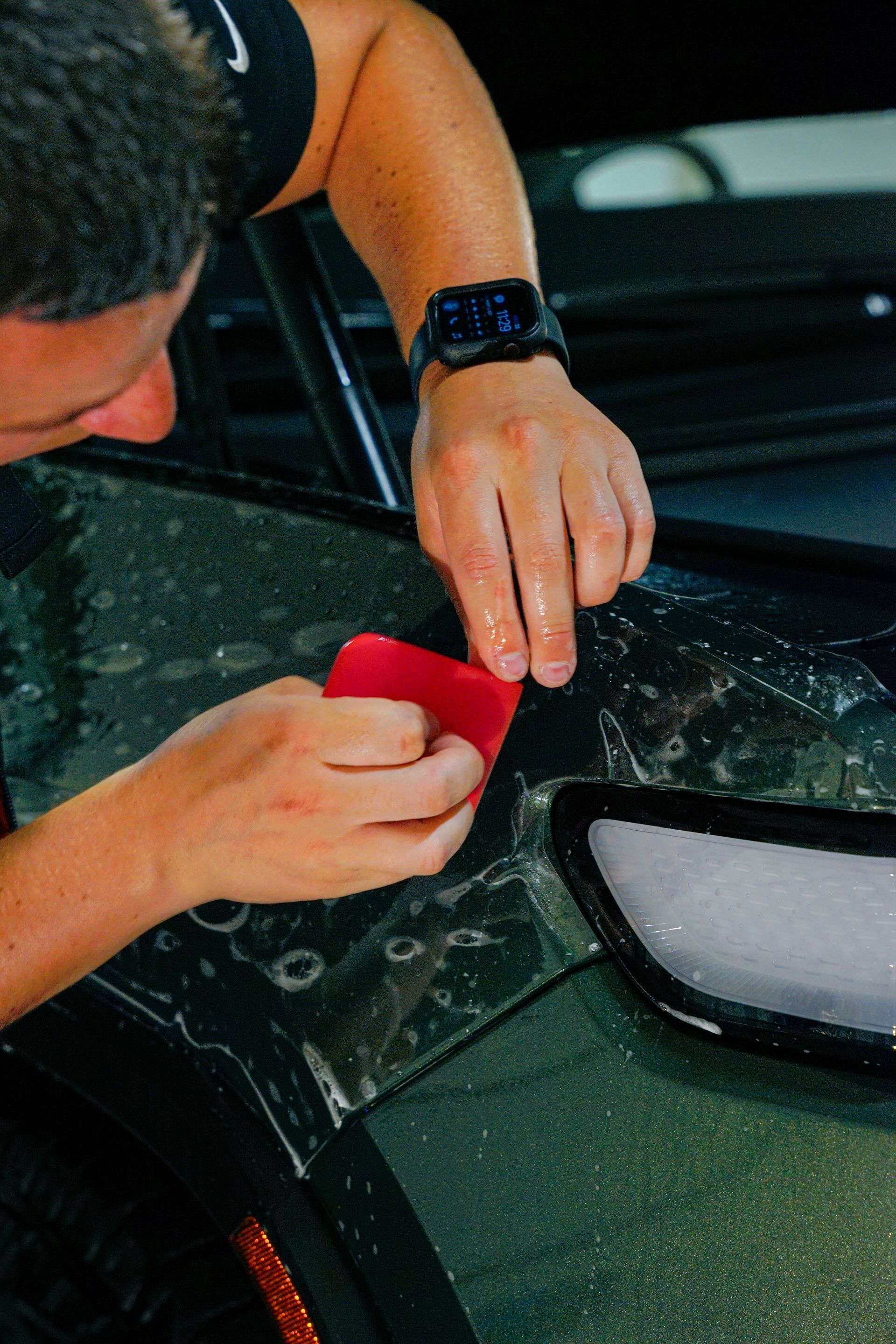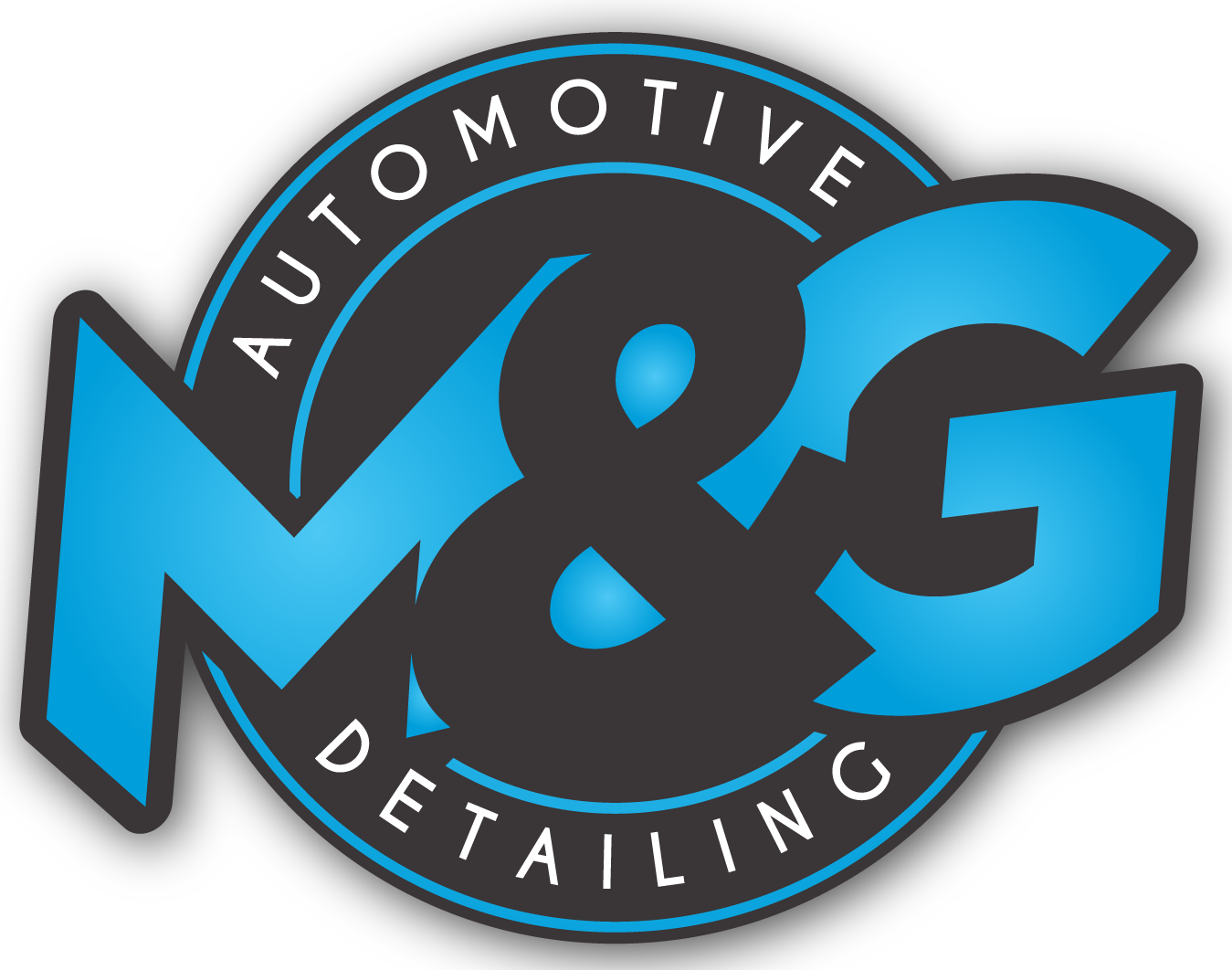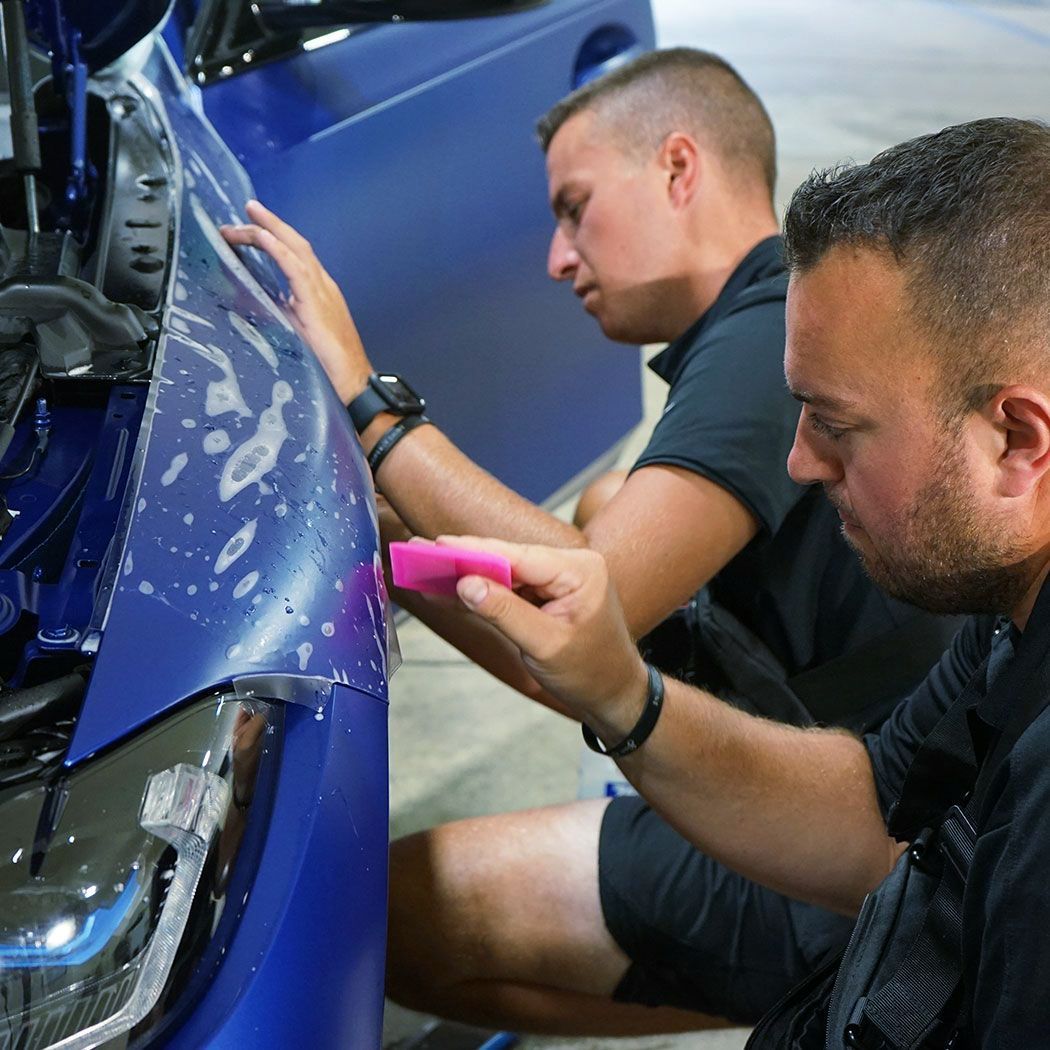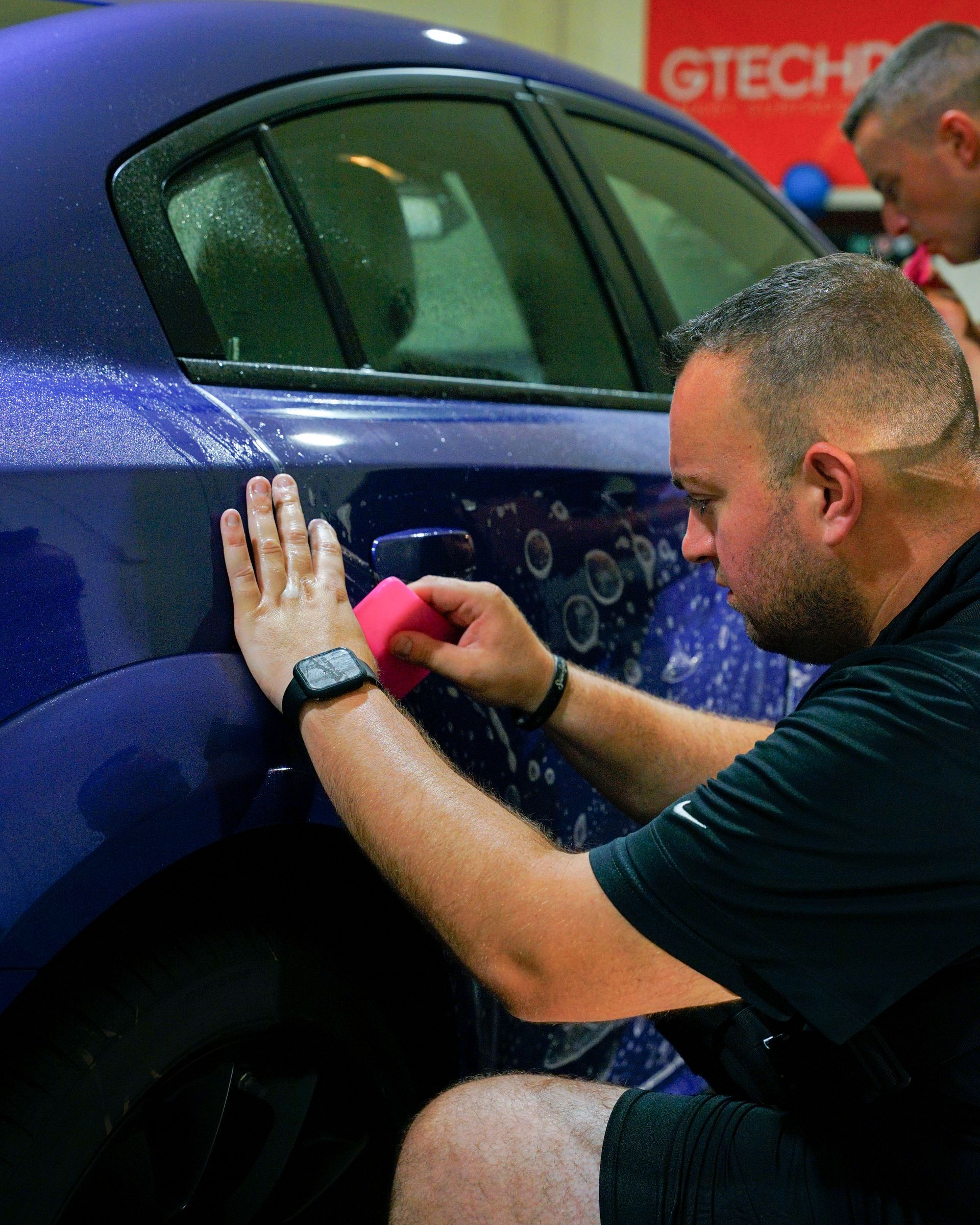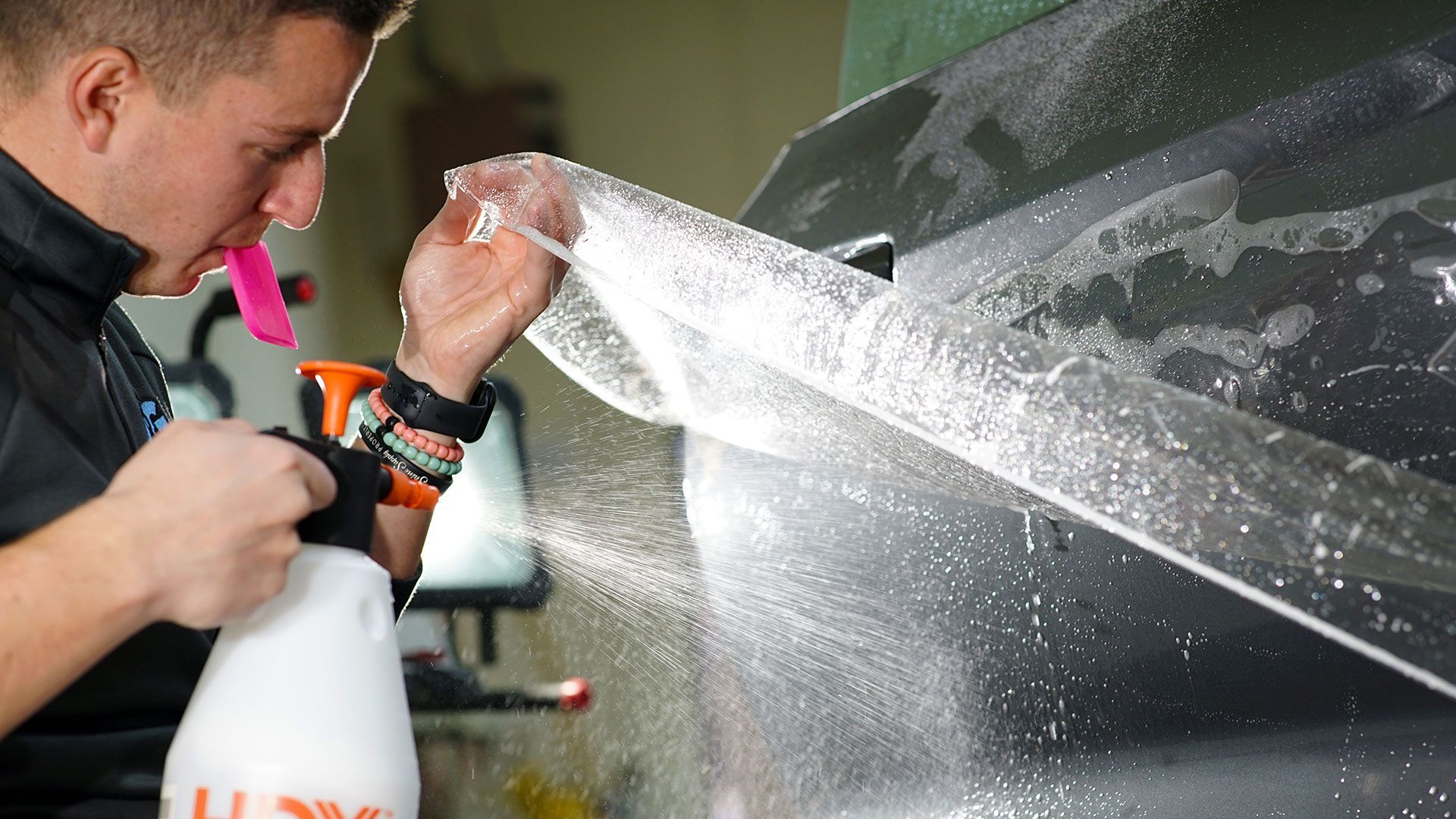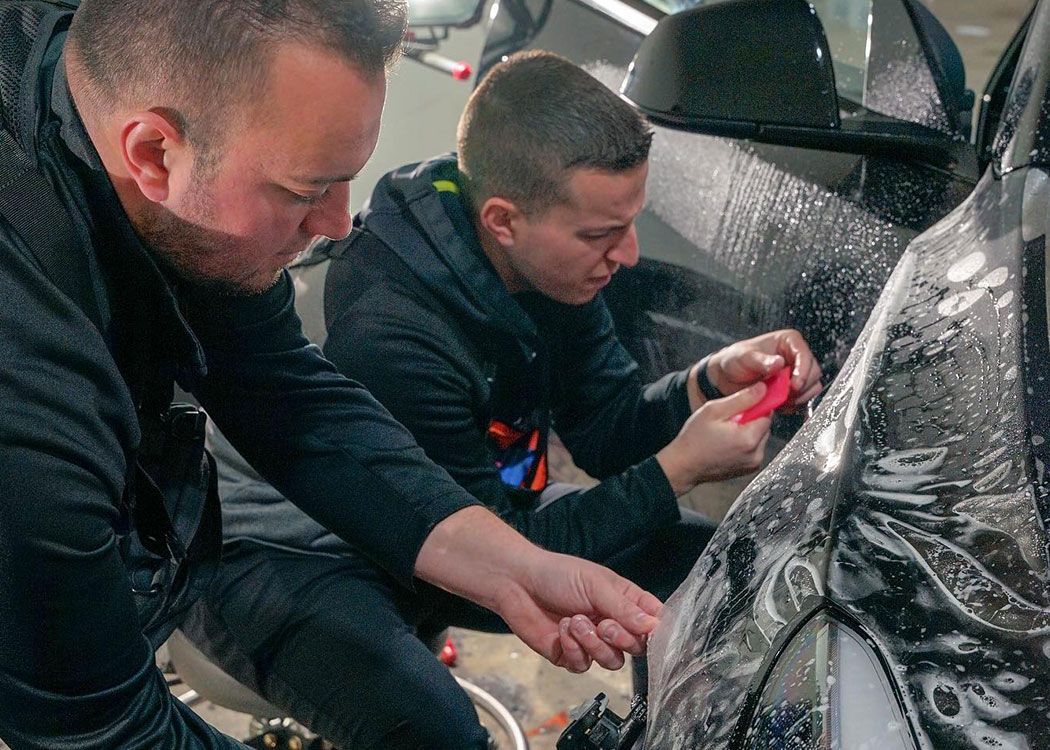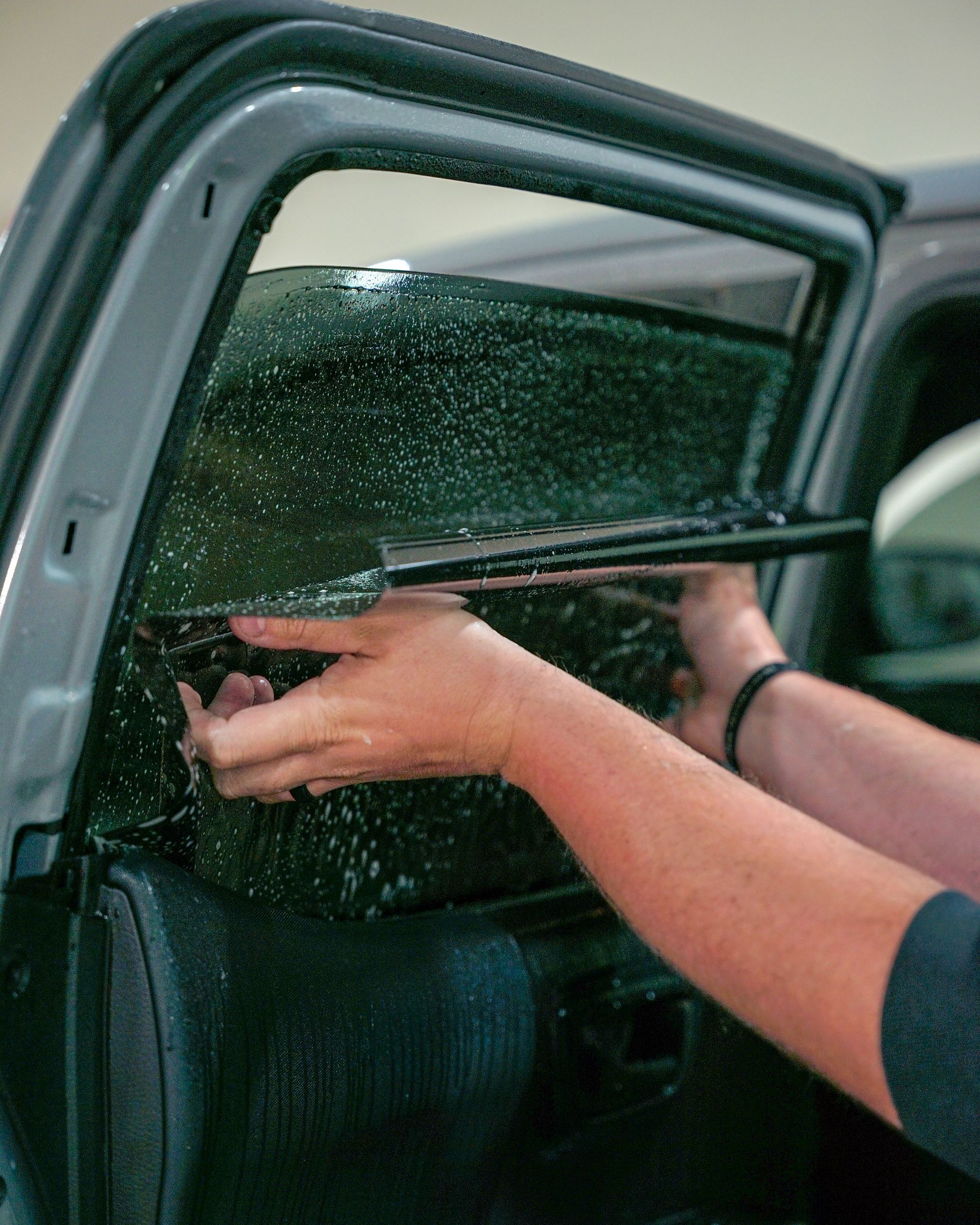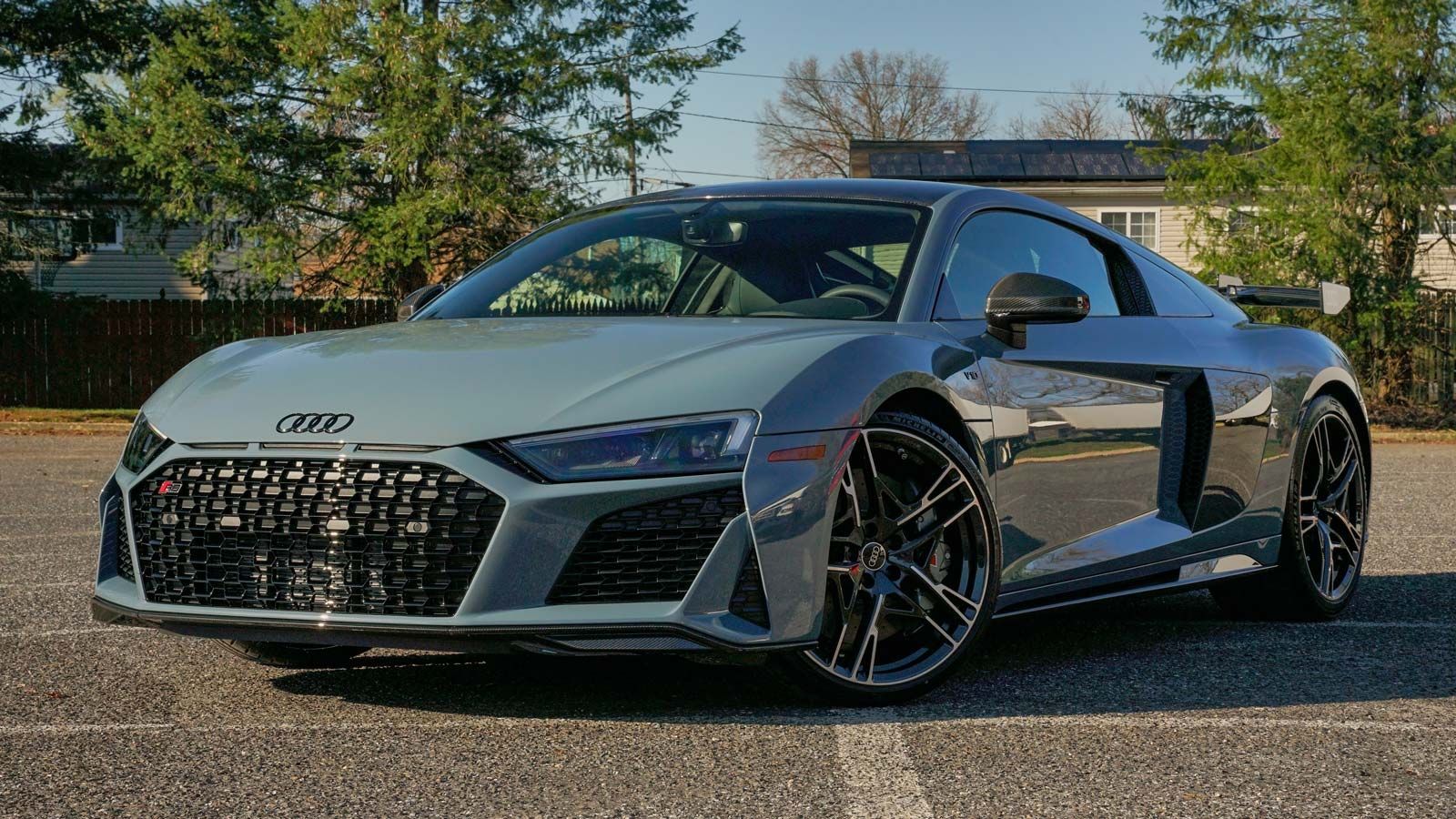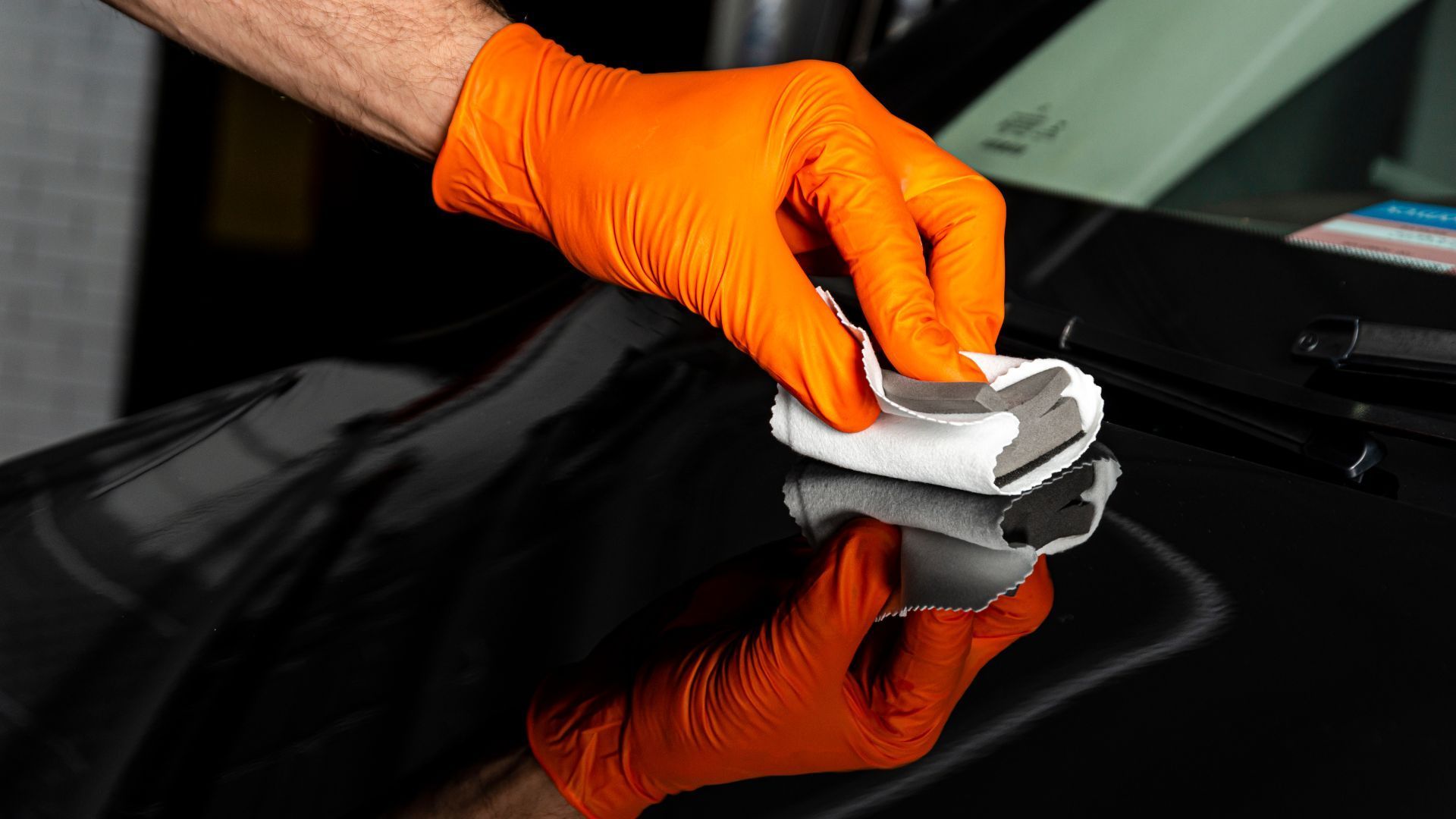How to Spot a Quality Paint Protection Film Service: Expert Tips and Benefits
When it comes to keeping your car looking brand new, a quality paint protection film can be a game changer. Picture this: you’ve invested in a shiny, beautiful vehicle, but every time you hit the road, there's the looming threat of scratches, chips, and fading colors. This is where PPF steps in as your vehicle’s shield against the wear and tear of daily driving. But how do you pick the right service for installation?
To spot a quality paint protection film service, ensure the installation is carried out by experienced professionals who provide seamless edges and minimal air bubbles. Additionally, check for positive reviews of their work and inquire about the warranty offered on their PPF products, which should typically range from 5 to 10 years, indicating confidence in their durability and effectiveness.
Evaluating Paint Protection Film Quality
When it comes to protecting your vehicle’s paint, choosing the right paint protection film (PPF) is essential for maintaining both its appearance and value. Not all films are created equal, and understanding the key features that define high-quality options can make all the difference. From exceptional clarity and durability to advanced self-healing properties and UV protection, a premium PPF offers comprehensive benefits that go beyond simple paint coverage. Let’s break down the critical characteristics to look for and explain how they contribute to long-lasting protection and enhanced aesthetics for your vehicle.
- Clarity of Paint Protection Film: High-quality paint protection film should be completely transparent, allowing your vehicle’s original paint color to shine through without distortion. This exceptional clarity enhances your car’s aesthetics, making it look as though it has been freshly painted while acting as a durable protective barrier.
- Paint Protection Film Thickness: Thickness plays a key role in PPF performance, with the ideal range being between 6-10 mils. This balance ensures robust protection against scratches, stone chips, and environmental hazards while maintaining a sleek and unobtrusive finish. Films that are too thin lack durability, whereas excessively thick options may add unnecessary bulk and reduce visual appeal.
- Adhesive Quality for Longevity: Advanced adhesives are vital to a well-functioning paint protection film as they ensure seamless installation and a strong, lasting bond with your vehicle’s surface. Premium adhesives prevent issues like lifting or bubbling, which can ruin the look of the film and cause frustration. Always check that installers use reputable brands with durable adhesive technology.
- Self-Healing Properties: Self-healing features are a standout characteristic of top-tier paint protection films, allowing minor scratches and scuffs to repair themselves when exposed to heat. This innovation ensures your car maintains a pristine appearance longer, reducing the need for frequent touch-ups or replacements.
- Enhanced UV Protection: High-quality paint protection films offer superior UV protection, shielding your vehicle’s paint from harmful rays that can cause fading and peeling over time. By blocking UV damage, the film helps preserve your car’s color vibrancy and ensures it continues to look fresh and appealing for years to come.
- Durability and Longevity: Premium paint protection films are designed to last 5 to 10 years when properly cared for, offering long-term value and protection. Their durability withstands daily wear and tear while maintaining clarity and effectiveness, making them a smart investment for protecting your vehicle’s paintwork.
- Warranty Coverage: A robust warranty is essential when investing in paint protection film, as it provides added peace of mind regarding the product’s longevity and performance. Reputable service providers typically offer warranties ranging from 5 to 10 years, covering concerns like yellowing, peeling, or other defects that might compromise the film.
Beyond understanding these key features, it’s important to work with a trusted professional who can meet your specific needs. Look for providers with a strong reputation, high-quality products, and transparent warranty terms to ensure you’re receiving the best service and value for your investment.
Choosing the Right Service Provider
Choosing the right shop for paint protection film (PPF) installation is crucial for achieving long-lasting and high-quality results. A careful selection process ensures your vehicle receives the care and precision it deserves. Below are key considerations to guide your decision-making process.
- Research Reputable Shops: Start by identifying shops with strong reputations and positive customer feedback. Platforms like Yelp and Google Reviews provide valuable insights, offering ratings and detailed reviews from past clients. For a deeper perspective, specialized automotive forums often share first-hand experiences and trusted recommendations from car enthusiasts. A shop with consistent praise typically demonstrates diligence and expertise in their craft.
- Focus on Detailed Reviews: When reading reviews, look beyond star ratings to examine specific feedback about the service quality. Pay attention to comments that highlight employee knowledge, attentiveness, and the care shown toward vehicles. Look for recurring issues, such as poor communication or shoddy work, as red flags. The details often reveal whether the shop is truly trustworthy and reliable for handling your car.
- Evaluate Workmanship Quality: Proper installation of paint protection film is critical for its durability and performance. High-quality shops ensure seamless application with no visible edges, overlaps, or air bubbles. Be cautious of imperfections like misalignment or lifting, as these issues can compromise the film’s protective benefits. Signs of meticulous craftsmanship reflect the shop’s dedication to delivering exceptional results.
- Consider Warranties and Follow-Up Services: A substantial warranty—ideally lasting five to ten years—demonstrates the provider’s confidence in their work. In addition to warranties, ask about follow-up services to address any concerns after installation, such as stubborn bubbles or alignment issues. The best paint protection film shops stand by their work, ensuring your vehicle remains well-protected long after you leave.
Taking the time to choose a quality service provider minimizes future complications and enhances the lifespan of your paint protection film. High-quality installation not only protects your vehicle but also ensures you get the most out of your investment. By following these steps, you can confidently select a shop that delivers outstanding results and long-term benefits.
Reviewing Costs and Warranties
When it comes to costs and warranties for paint protection film services, being informed is truly essential. The investment you make not only covers the application of the film but also ensures that you're getting durable materials and quality workmanship. High-quality PPF services typically range from $1,000 to $6,000, depending largely on vehicle size and specific materials used. For instance, a small sedan might fit into the lower end of that scale, while a larger truck or luxury vehicle could push you closer to the upper limit.
It's worthwhile to consider that the price you pay often reflects not just the film itself but also the level of care taken during installation, which is crucial for ensuring performance over time. A skilled installer will reduce air bubbles and guarantee proper alignment, while lower-cost options may overlook these aspects, potentially leading to issues down the road. Remember that warranty coverage varies—basic service options often offer around 5 years of warranty, while full vehicle coverage can extend up to 10 years. A solid warranty indicates the confidence the service provider has in their products and installation techniques, covering potential issues such as yellowing or peeling over time.
Be sure to ask for a detailed breakdown of what is included in the cost. Whether it’s installation services or other fees associated with preparation or aftercare, knowing exactly what you're paying for can help avoid surprises later on.
Technician Training and Experience
When it comes to applying paint protection film, the skill and experience of the technician are critical to achieving optimal results. A well-executed application ensures lasting protection for your vehicle and prevents issues like bubbling or peeling. Here are some key factors to consider when evaluating the expertise of a technician.
- Technician Expertise and Skill: Not all PPF installers are the same, and the proficiency of the technician can greatly impact the performance of the film. A skilled technician ensures that the film adheres properly to your vehicle, preventing common issues like bubbling and lifting. Their technical expertise plays a vital role in ensuring the film lasts and functions as intended over time.
- Certification Programs and Training: A reputable technician should have completed certification programs from recognized institutions. These certifications demonstrate their knowledge and ability to apply PPF with precision. Through these programs, technicians learn about material properties, adhesion science, and best practices, which enables them to provide high-quality installation.
- Years of Experience: The number of years a technician has been in the field speaks volumes about their capability. Experienced technicians have worked on a variety of vehicles, overcoming challenges related to different surfaces and customer needs. Their hands-on experience allows them to ensure accurate application and avoid mistakes that less experienced installers might make.
- Consistency and Proven Results: Just like a seasoned chef who consistently delivers great dishes, an experienced PPF installer consistently produces superior results. Over time, they've learned to tackle difficult installations and refine their technique, ensuring the film performs well and lasts. An installer with years of experience is more likely to provide flawless, long-lasting protection for your vehicle.
Selecting an experienced and certified technician is essential for the successful application of paint protection film. Their expertise and proven track record will ensure that your vehicle is well-protected, preserving its appearance for years to come.
Benefits of Professional Film Application
- Paint Longevity: One of the primary benefits of a professionally applied PPF is its ability to safeguard your vehicle’s paint against a range of damaging elements. The protective layer acts as a barrier, efficiently defending against scratches, stone chips, and minor abrasions that can occur from everyday driving. This keeps your car looking fresh and new for years and ensures you won't have to worry about frequent touch-ups or repaints. The longevity of your paint job directly correlates with how much you’ll maintain your vehicle’s resale value, making it a wise investment.
- Aesthetic Appeal: Beyond just protection, a quality PPF enhances the visual appeal of your car. When applied correctly, these films provide high clarity and transparency. You won't have to worry about fogging or yellowing over time; instead, they allow the original vibrant colors of your paint to shine through. This clear finish not only enhances the overall look of the car but also gives it that showroom-quality shimmer. This is particularly appealing if you're looking to impress passersby or potential buyers.
- Self-Healing Properties: Perhaps one standout feature offered by some premium paint protection films is their self-healing abilities. If you happen to get minor scratches on the paint protection film, applying heat—such as from sunlight or a heat gun—can cause these scratches to diminish almost entirely. This remarkable property means your car can maintain its immaculate look even after encountering those less-than-ideal driving conditions. It’s like having a superhero shielding your vehicle from daily wear and tear!
- UV Protection: Another compelling reason to seek out professional installation of paint protection film is its potent UV protection. High-quality paint protection films can block up to 99% of harmful UV rays that threaten to fade or oxidize your vehicle's paint over time. Not only does this keep your car looking newer for longer, but it also protects your investment by reducing potential long-term damage from the sun's harsh rays.
The culmination of these qualities leads us to a critical point: when you choose professional paint protection film application services, you're not just opting for any ordinary product. You're investing in a comprehensive solution designed to maintain both the beauty and longevity of your vehicle while providing peace of mind every mile you drive. Investing in professional PPF services ensures long-lasting protection and aesthetic appeal for your vehicle, enhancing both its value and allure.
Shield Your Ride with Expert PPF Services in Voorhees, NJ
Protect your car from everyday wear and tear with M&G Automotive Detailing’s premium pain protection film (PPF) services in Voorhees, NJ. Our high-quality PPF acts as an invisible barrier, guarding your vehicle’s paint against rock chips, scratches, and environmental damage. With professional installation and a seamless finish, you can trust that your car’s exterior will stay flawless and well protected for years to come. Schedule your paint protection film service today and keep your vehicle looking like new, no matter the road conditions! Call us at (609) 923-3123 to get started!

